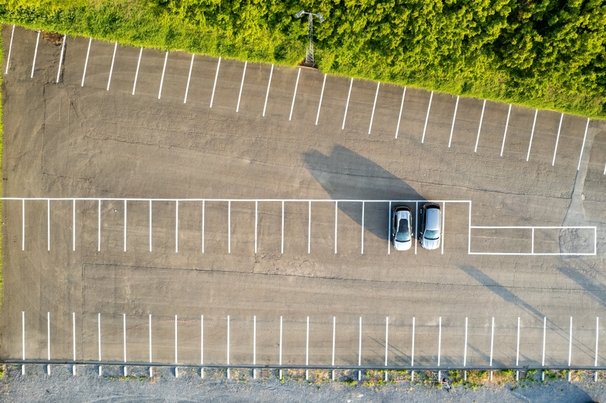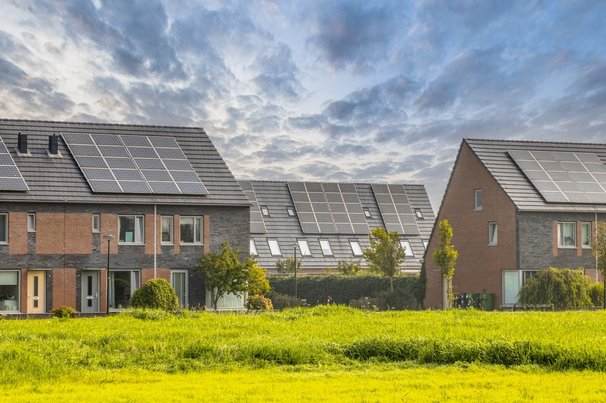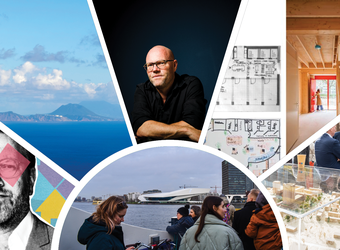24 september 2013
6 minuten
Nieuws Lagoons and estuaries are located at the interface between land and sea and the transition between fresh and salt water. They represent highly dynamic and productive ecosystems with a very complex structure. The complexity of managing lagoons and estuary systems is increased as a result of multiple pressures originating from urban, industrial, agricultural, and recreational activities. There are concerns that climate change, increasing urbanisation and industrialisation will exacerbate the existing pressures even further. The question arises as to how these pressures are best addressed, while minimising the environmental, economic and social vulnerabilities associated with their impacts.
Management strategies for lagoons and estuaries should be based upon two solid pillars: science and policy. The challenge for implementing existing science and policy is the lack of integration and interpretation between the two, which is a major hindrance for application by lagoon managers, policy makers and stakeholders at the lagoon scale. A central feature of ARCH is to overcome this limitation by actively using existing knowledge and policy to form the base of the management strategy and to apply them in lagoon systems throughout Europe.
ARCH is a four-year collaborative research project funded by the The Seventh Framework Programme for research and technological development (FP7) of the European Commission. Thematically the project belongs to Cooperation Theme 6 Environment (including climate change). The project team is composed of 11 institutions from 9 European countries and coordinated by the Norwegian Geotechnical Institute (NGI). Through experimentation with and development of innovative knowledge brokering instruments, ARCH aims to develop participative methodologies in collaboration with the involved managers, policy makers and stakeholders to manage the multiple problems affecting lagoons in Europe.
In ARCH, 10 lagoons (estuarine coastal areas) are involved, with a geographical distribution covering all major seas surrounding Europe: the Baltic Sea, Norwegian Sea, North Sea, Atlantic Ocean, Mediterranean Sea and Black Sea. The selected case study sites cover not only various physical environments, but also on a policy level and the degree and range of implementation of Integrated Coastal Zone Management varies strongly. The level of climate change assessment and adaptation also shows large variation from site to site.
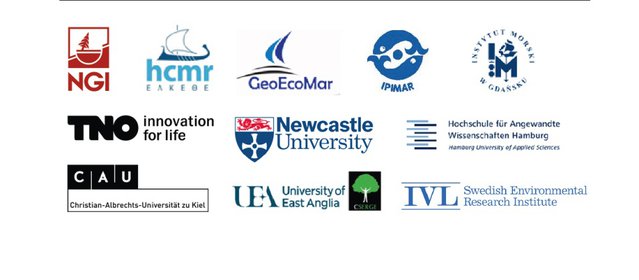
‘Managing multiple problems affecting lagoons in Europe - Afbeelding 1’
More information on the project and the cases: http://www.arch-fp7.eu/
Contact information Project Coordinator
Gijs Breedveld or Amy Oen, NGI (Norway)
gijs.breedveld@ngi.no / amy.oen@ngi.nl
Contact information Dutch Partner
Adriaan Slob or Geiske Bouma, TNO (Netherlands)
adriaan.slob@tno.nl / geiske.bouma@tno.nl
Óbidos lagoon, Portugal: a case study
Place. The Óbidos lagoon in western Portugal, is a shallow coastal ecosystem that is permanently connected to coastal waters characterised by frequent upwelling episodes (Figure 1). Environmental conditions vary spatially due to tidal exchanges with the sea, anthropogenic loads from diffuse sources, and high water residence time in confined areas. In addition, water quality displays a marked seasonal signal in the upper part of the lagoon as result of intense regeneration of nutrients in the sediment. Fishermen, touristic development and leisure activities benefit from the lagoon’s wellbeing and its natural resources. Environmental and social-economic factors are therefore critical to the success of an integrated management plan for Óbidos lagoon.
Social communities
. The permanent residents of the lagoon region are small farmers, fishermen, municipality employees and service workers living in the countryside or in small villages. The cities Caldas da Rainha and Óbidos, located within a circle of 20 km around the lagoon, constitute the two administrative authorities of the region. In spring and summer, the lagoon is visited by tourists from longer distance, including people searching for beach facilities, leisure and sport activities. The activities of the lagoon communities have changed considerably in the last decades (Figure 2). The main past activities were agriculture on small-scale farms, algae harvesting for use as fertilizers in the fields, traditional fishing, artisanal fish processing, and salt production in ponds at the lagoon margins. Currently, residents are involved in fewer activities, namely in shellfish harvesting that has reached almost 50% of the fishery’s resources, touristic development, urbanization, and leisure activities. It is mainly fish species of lesser commercial value that are now caught, agriculture has shifted to kitchen gardening activities using commercial chemicals instead of local organic fertilizers, and salt production has been abandoned.
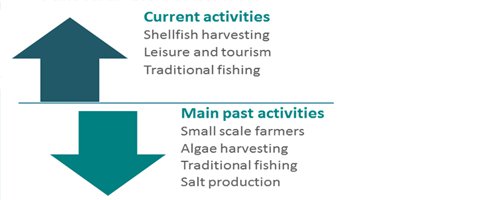
Figure 2. Current and past activities of the lagoon communities
‘Managing multiple problems affecting lagoons in Europe - Afbeelding 2’
Natural system. The 7 km2 wetland provides a nursery for fish and shellfish and shelter for birds. The maintenance of these ecosystem services is closely linked to their good environmental status. Water quality is driven by tidal exchanges of water volume with the sea through a narrow inlet channel that crosses the sand barrier. There are reports of changes in the morphology, depth and position of the channel over the past five centuries. Progressive migration of the channel appears to be associated with the local regime of wind storms and waves. The channel has been repeatedly repositioned by human intervention to maintain an adequate water exchange with the sea and a saltwater lagoon. The poorer environmental conditions of the upper lagoon are highly influenced by the discharge of freshwater tributaries draining agriculture fields. In addition, sediments that have in the past stored organic matter and historic contaminants release regenerated nutrients and other constituents to water acting as an internal source. Excess nutrients lead to an extensive and abundant macroalgal (Ulva spp. and Enteromorpha spp.) cover and a reduction of water oxygenation in summer, which are clear symptoms of eutrophication (Figure 3). The connectivity between the lagoon under nutrient enrichment conditions and the coastal upwelling system may stimulate the increase of toxic algae and consequently enhance shellfish toxicity leading to temporary interdiction of shellfish harvesting.
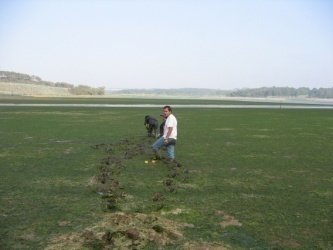
Figure 3. Macroalgal cover in Barrosa branch
‘Managing multiple problems affecting lagoons in Europe - Afbeelding 3’
Vulnerabilities
. Coastal lagoons presenting a substantial and progressive reduction of freshwater discharges, like Óbidos lagoon, tend to naturally lose their permanent connection to the sea and evolve to a closed ecosystem. The social structure and human activities have changed over the past hundred years, but humans have always intervened to maintain the lagoon’s connection to sea. By preventing the natural evolution of the system, this intervention is the best recognition of its crucial importance to the sustainability of the lagoon economy’s resources. The inlet channel has been over several human generations the most vulnerable point of the lagoon. Can climatic changes reduce the vulnerability of the lagoon? Sea-level rise works in favour of sea-lagoon exchange, but stronger and more frequent sea storms may cause abrupt movement of the inlet channel. Human intervention will be needed to prevent erosion of the margins and destruction of touristic developments. Episodes of heavy rainfall and runoff lead to the erosion of soil and increase the particle load into the upper branches of the lagoon. If land reclamation is prevented, this may result in the expansion of the salt marshes. In conjunction with higher tidal water volume, this may improve the nursery and shelter ability of the lagoon with predictable benefits to the fisheries. Óbidos lagoon is presented as an example of a coastal ecosystem vulnerable to the variation of natural factors that humans are able to manage.
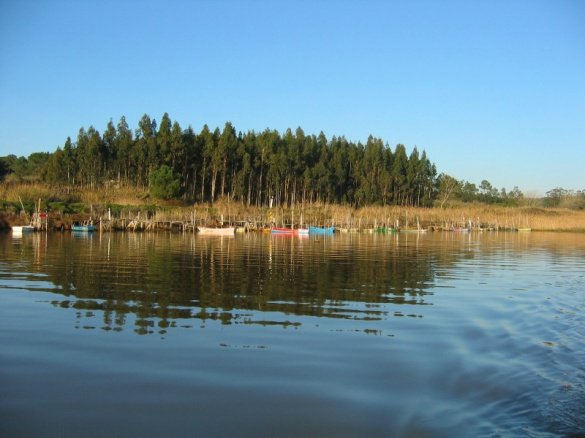
‘Managing multiple problems affecting lagoons in Europe - Afbeelding 4’
Cover: ‘Managing multiple problems affecting lagoons in Europe - Afbeelding 4’


